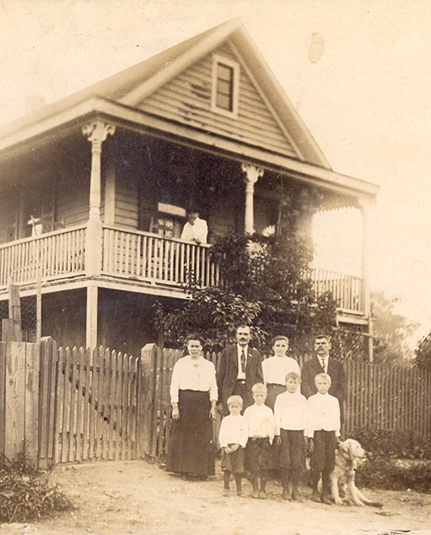#Fairfield CT–At a time when the role of immigrants and refugees in American life is the subject of intense debate, a new and timely exhibition, An American Story: Finding Home in Fairfield County, opens in the Fairfield Museum & History Center’s Spaght Gallery on Thursday, February 8.
The exhibition, which also celebrates the 100th anniversary of the Connecticut Institute for Refugees and Immigrants (CIRI), highlights the experiences of people who have built new lives in the area. A series of photographic portraits and biographical narratives show how eight individuals from across the globe have created a sense of home in Fairfield County. The immigrants and refugees featured in the exhibition come from Cambodia, Congo, Cuba, Hungary, India, Rwanda and Syria.
“Immigrants and refugees have long enriched our state, providing social and cultural diversity, innovation and human resources to drive our economy,” said Claudia Connor, CIRI president and CEO. “In the current environment, the Fairfield Museum’s exhibition is particularly important as it reminds us that immigration is the most American story there is. These beautiful pictures illustrate the courage, determination and resilience that refugees and immigrants bring with them not only to Fairfield County but to America as a whole.”
A variety of programs, films and lectures will be presented in conjunction with the exhibition throughout its nearly six-month run. All of these events will be open to the public. The exhibition closes on July 23.
Mike Jehle, the Fairfield Museum’s executive director said, “We are honored to partner with CIRI to celebrate how refugees and immigrants have been vital community builders throughout our history, and to explore how we all can become more informed participants in this national dialogue. As southwestern Connecticut’s premier community center, the Fairfield Museum engages with important, topical issues that define our community today and into the future.”
Photographs in the exhibition are by Caren Winnall. The Fairfield Museum would also like to extend special thanks to Lynne Penczer, who conducted interviews with each of the individuals profiled in the exhibition.

